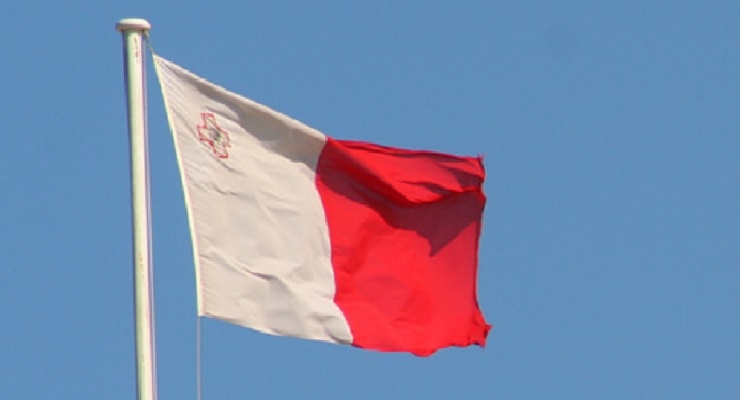
A really fascinating article recently was published by our friends at FairVote. Ranked voting has been in place in Malta since 1921 and its benefits have been plain to see. The recent Maltese election also had 92% turnout. Not so bad. The new article is by Jesse Docter from FairVote. Take a look at this excerpt:
The Maltese political system is one of the oldest of its kind in the world. Multi-winner RCV has been in place in the island nation since 1921, surviving several dramatic changes in government and sovereignty. The local system is uncharacteristic of multi-winner RCV, because unlike most regions that use it, in Malta, the parliament is consistently dominated by two parties. The two party system is encouraged by a variety of structural factors, including social polarization and a constitutional amendment that gives the two major parties an advantage.
These factors allow two parties to dominate in an electoral system that traditionally empowers third parties. Though voters are, in practice, limited to these two credible parties, they are still able to express their more nuanced political preferences by choosing candidates within a party. Because the major challenge for candidates is intra-party competition, candidates have an incentive to appeal strongly to a specific subset of voters. Incumbents most often lose because of shifting preference votes within parties, not by being defeated by the opposing party.
See more about the recent election in Malta at BBC but also, here is more about the unusual Maltese election system from the abstract to a research paper, “Malta: STV in a Two-Party System”, by Wolfgang Hirczy de Miño of the University of Houston and John C. Lane of the State University of New York at Buffalo :
Although STV is often held up as a voting system that maximizes voter choice and does not presuppose partisan candidacies, political parties play a key role in Malta and are firmly entrenched at every level of electoral politics, including the mass public. There are virtually no formal barriers that impede candidacies by independents or third parties, yet only two, the Nationalist Party (PN) and the Malta Labor Party (MLP) have been represented in parliament for the past thirty years.
In the Maltese setting, STV primarily serves to allow for competition within parties. The incidence of cross-party transfers is minimal. The two major parties routinely over-nominate. Even though the system is highly proportional, a minor deviation in the vote-seat ratio led to a major political crisis in 1981, when a party whose candidates had received an absolute majority of first-preference votes wound up as a loser in parliamentary representation.
The ensuing impasse was resolved through a constitutional amendment guaranteeing that the party winning the popular (i.e. first-preference) vote will form the Government, by giving it as many additional seats as are necessary to achieve a parliamentary majority. First-preference votes alone, rather than the number of candidates initially elected, may thus determine which party will control the Government in Malta.
https://www.youtube.com/watch?v=zwK421eJJxE
Leave a Reply